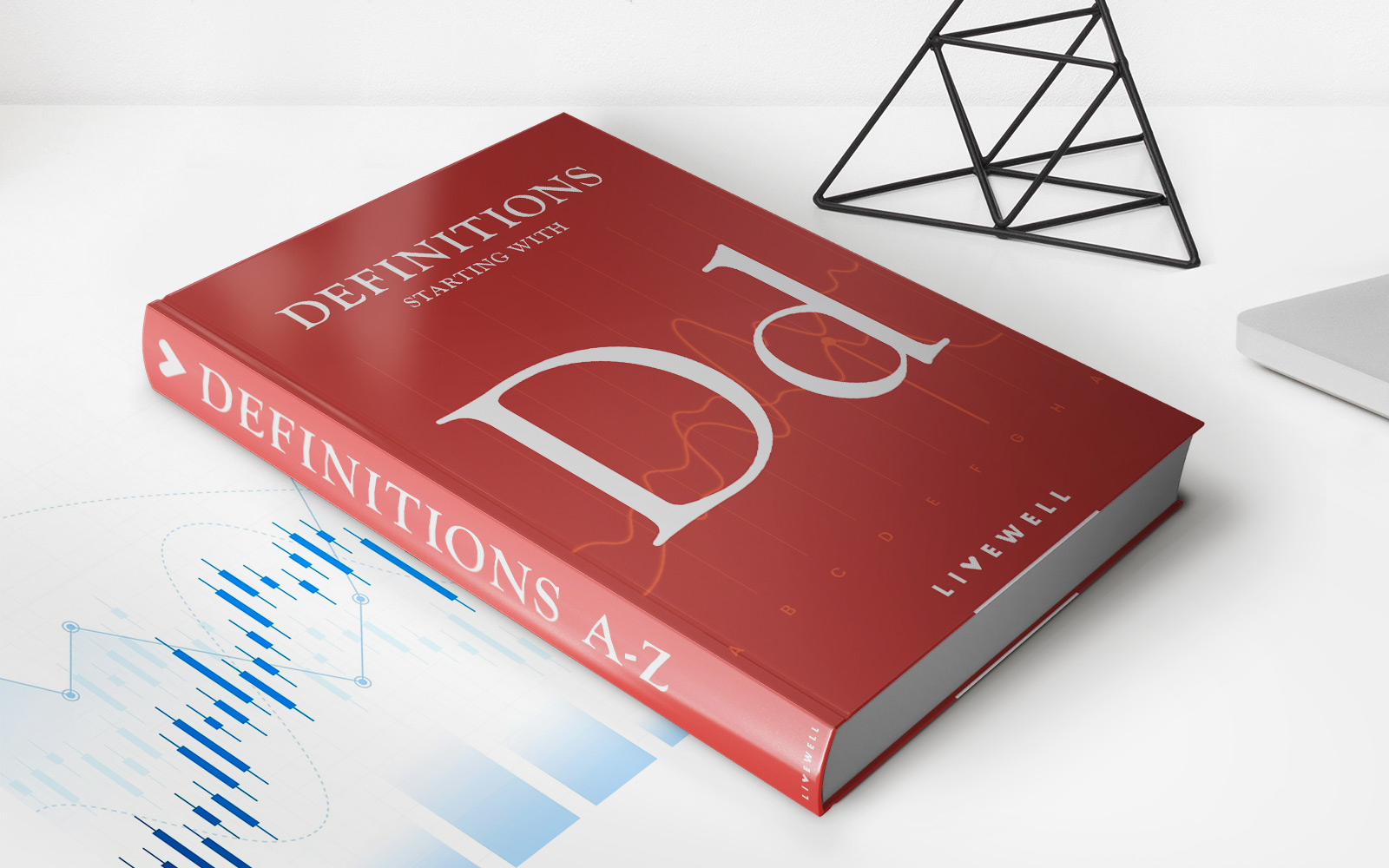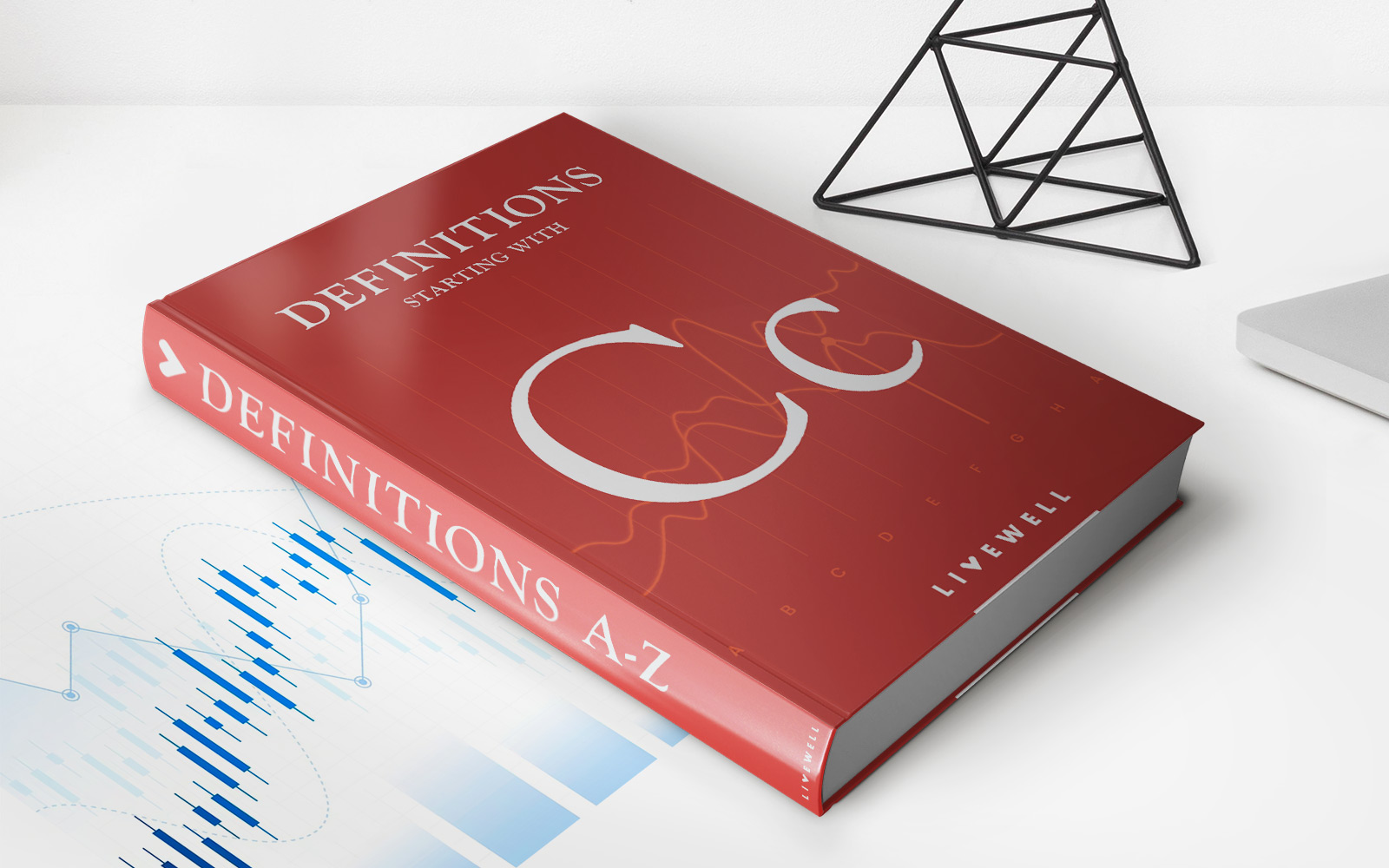

Finance
What Is Inflation Guard Coverage?
Published: October 19, 2023
Learn about the importance of Inflation Guard Coverage in finance and how it can protect your assets from the impact of inflation.
(Many of the links in this article redirect to a specific reviewed product. Your purchase of these products through affiliate links helps to generate commission for LiveWell, at no extra cost. Learn more)
Table of Contents
Introduction
When it comes to protecting our financial future, insurance plays a critical role. Whether it’s our home, car, or health, having the right coverage can provide peace of mind and financial security. One type of insurance coverage that may be less familiar to many is Inflation Guard Coverage.
Inflation Guard Coverage is a valuable add-on to traditional insurance policies that helps protect against the impact of inflation. Inflation refers to the gradual increase in the prices of goods and services over time, which decreases the purchasing power of money. Without inflation protection, insurance coverage may become inadequate to fully replace or repair assets due to rising costs.
While traditional insurance policies typically have fixed coverage limits, Inflation Guard Coverage automatically adjusts the policy limits based on changes in the cost of living. This ensures that your insurance coverage keeps pace with inflation, providing you with sufficient funds to rebuild, repair, or replace damaged or lost assets.
Whether you’re insuring your home, car, or other valuable assets, understanding Inflation Guard Coverage can help you make informed decisions about your insurance needs. In this article, we’ll delve into the basics of Inflation Guard Coverage, how it works, its benefits, drawbacks, and factors to consider before opting for this type of coverage.
By the end, you’ll have a clear understanding of Inflation Guard Coverage and its potential advantages and disadvantages, allowing you to make an educated decision about whether it’s the right choice to protect your financial well-being.
Definition of Inflation Guard Coverage
Inflation Guard Coverage, also known as Inflation Protection Coverage, is an optional feature available in certain insurance policies that helps guard against the impact of inflation. It is specifically designed to ensure that the insurance coverage amount keeps pace with the rising costs of goods and services over time.
Typically, insurance policies have fixed coverage limits that are determined at the time the policy is purchased. However, as time goes on, the cost of labor and materials needed to repair or replace assets, such as a home or a car, can increase due to inflation. Without adequate coverage, policyholders may find themselves underinsured, meaning the insurance payout would not be sufficient to cover the full costs of rebuilding or replacing their assets.
Inflation Guard Coverage addresses this issue by providing an automatic adjustment to the coverage limits of the policy. The coverage amount is periodically increased to account for inflation and ensure that the policyholder receives a payout that is reflective of the current cost of rebuilding or replacing their assets. This adjustment is usually based on an inflation index, such as the Consumer Price Index (CPI), which tracks changes in the cost of living.
It’s important to note that Inflation Guard Coverage is not available for all types of insurance policies. It is commonly offered for property insurance, such as homeowners insurance or commercial property insurance, and sometimes for auto insurance as well. The availability of this feature may vary depending on the insurance company and the specific policy.
By including Inflation Guard Coverage in your policy, you can have confidence that your insurance coverage will remain relevant and adequate over time, even in the face of inflationary pressures. This can provide valuable peace of mind, knowing that you’ll have sufficient funds to rebuild, repair, or replace your assets in the event of a covered loss.
How Inflation Guard Coverage Works
Understanding how Inflation Guard Coverage works is essential for grasping its benefits and determining whether it is the right choice for your insurance needs. Here’s a breakdown of how this coverage feature operates:
- Policies with Adjusted Coverage Limits: When you opt for Inflation Guard Coverage, your insurance policy will have adjusted coverage limits that increase over time. This means that the amount of coverage you initially purchase will automatically be adjusted to account for inflation.
- Inflation Index: Insurance companies typically use an inflation index, such as the Consumer Price Index (CPI), to track changes in the cost of living. This index helps insurers calculate the appropriate adjustment to the coverage limits. The adjustment is often made on an annual basis, but the frequency may vary depending on the insurance company and policy terms.
- Rate of Adjustment: The rate at which the coverage limits increase is typically based on the inflation rate. For example, if the inflation rate is 3%, your coverage limits may increase by 3% each year. This ensures that your coverage amount keeps up with the rising costs of rebuilding, repairing, or replacing your assets.
- Notification and Premium Adjustment: Insurance companies usually provide policyholders with notifications regarding the adjusted coverage limits and any resulting premium adjustments. These notifications offer transparency and keep policyholders informed about the changes to their policy.
- Cost of Inflation Guard Coverage: Inflation Guard Coverage is an optional feature that comes at an additional cost. The exact cost can vary depending on the insurance company, the type of policy, and the level of coverage. While it may increase your premium slightly, the benefits of having coverage that keeps up with inflation generally outweigh the added expense.
Overall, Inflation Guard Coverage functions as a safeguard against the eroding effects of inflation on your insurance coverage. By automatically adjusting the coverage limits, it ensures that you receive adequate compensation that is aligned with the current costs of rebuilding or replacing your assets.
While the specifics of how Inflation Guard Coverage works may differ depending on the insurance policy and provider, the general concept remains the same. It provides a proactive solution to counter the impact of inflation, giving policyholders the reassurance that their coverage will remain relevant and sufficient over time.
Benefits of Inflation Guard Coverage
Inflation Guard Coverage offers numerous benefits to policyholders. Understanding these advantages can help you make an informed decision when considering whether to add this coverage feature to your insurance policy. Here are the key benefits of Inflation Guard Coverage:
- Protection Against Inflation: The primary benefit of Inflation Guard Coverage is that it protects your insurance coverage from being eroded by inflation. With the rising costs of labor, materials, and other expenses, traditional insurance policies may become insufficient to fully rebuild, repair, or replace your assets in the event of a covered loss. Inflation Guard Coverage ensures that your coverage limits increase over time, keeping pace with the rising costs and providing adequate compensation.
- Eliminates Coverage Gaps: By automatically adjusting the coverage limits, Inflation Guard Coverage eliminates the risk of being underinsured. Without this feature, your coverage limits may remain fixed, rendering them inadequate to account for inflation. In such cases, you could be left with a significant coverage gap, forcing you to pay out-of-pocket for the remaining costs. Inflation Guard Coverage bridges this gap, ensuring that you have sufficient coverage to meet your needs.
- Peace of Mind: Having Inflation Guard Coverage offers valuable peace of mind. You can rest easy knowing that your insurance policy will keep up with inflation and provide you with the necessary funds to restore your property or replace your assets. This peace of mind is particularly crucial when it comes to items with substantial value, such as your home or valuable possessions, as it helps protect your long-term financial security.
- Accurate Replacement or Repair: Inflation Guard Coverage ensures that you receive a payout that accurately reflects the current costs of rebuilding, repairing, or replacing your assets. As the coverage limits are adjusted based on an inflation index, you can be confident that you’ll have the necessary funds to restore your property to its pre-loss condition. This is especially important in times of high inflation, as it prevents you from falling short on funds and compromising the quality of repairs or replacements.
These benefits highlight the importance of Inflation Guard Coverage in maintaining adequate and relevant insurance coverage. By mitigating the impact of inflation, this coverage feature provides financial security and peace of mind, ensuring that you can recover from unexpected events without facing significant financial burden.
Drawbacks of Inflation Guard Coverage
While Inflation Guard Coverage offers valuable protection against the negative effects of inflation, it is important to consider the potential drawbacks associated with this coverage feature. Here are some key drawbacks to be aware of:
- Additional Cost: Adding Inflation Guard Coverage to your insurance policy typically comes at an additional cost. The exact amount can vary depending on the insurance company and policy terms. While the cost may be relatively minor compared to the overall premium, it is still an extra expense to consider when budgeting for insurance coverage.
- Limited Availability: Inflation Guard Coverage is not widely available for all types of insurance policies. It is typically offered for property insurance, such as homeowners insurance, and sometimes for auto insurance. Availability may vary depending on the insurance company and the specific policy. As a result, if you are seeking inflation protection for other types of insurance, such as health or life insurance, you may not have this option.
- Possible Overestimation of Coverage: While Inflation Guard Coverage adjusts the coverage limits to account for inflation, it does not necessarily guarantee that the adjusted amount will accurately reflect the actual cost of rebuilding, repairing, or replacing your assets. The rate of adjustment may be based on general inflation indices, which might not accurately represent the specific costs tied to your property or possessions. In some cases, you might end up with coverage that is higher than the actual replacement or repair costs.
- Policyholders Expected to Keep Pace: Inflation Guard Coverage assumes that policyholders will consistently update their coverage limits to reflect their changing needs. While the coverage is adjusted automatically, policyholders are responsible for notifying their insurance company of changes, such as renovations or additions that impact the value of the insured property. Failure to keep the policy updated could lead to inadequate coverage in the event of a claim.
It’s important to carefully consider these drawbacks alongside the benefits of Inflation Guard Coverage when deciding whether to opt for this feature. Assess your own financial situation and risk tolerance to determine if the advantages outweigh the associated costs and potential limitations.
Factors to Consider before Choosing Inflation Guard Coverage
Before deciding whether to add Inflation Guard Coverage to your insurance policy, it’s essential to consider several factors that will help you determine if this coverage feature aligns with your needs and preferences. Here are some key factors to consider:
- Inflation Rate: Evaluate the historical inflation rates in your region or country. If inflation tends to be relatively stable or low, the necessity for Inflation Guard Coverage might be lower. However, if you live in an area prone to higher inflation rates, this coverage feature could be more beneficial in maintaining adequate coverage limits that keep pace with rising costs.
- Value of Insured Assets: Consider the value of the assets that you are insuring. If they are high-value items, such as a luxury property or valuable possessions, the potential for inflation to erode their value over time is greater. In such cases, Inflation Guard Coverage can be especially valuable in ensuring that your coverage keeps up with the rising costs of replacing or repairing these assets.
- Long-Term Ownership: If you plan to own the insured property or assets for an extended period, Inflation Guard Coverage can provide long-term financial protection. It helps safeguard your investment against the diminishing purchasing power of money due to inflation, ensuring that your insurance coverage remains relevant and sufficient over time.
- Budget and Affordability: Consider the additional cost associated with Inflation Guard Coverage. While it may provide valuable benefits, it is important to assess whether the added expense fits within your budget. Evaluate your financial resources and priorities to determine if the cost of this coverage feature is justifiable based on your overall insurance needs.
- Available Alternatives: Explore alternative options to mitigate the impact of inflation on your insurance coverage. Some policies may offer endorsements or riders that allow for occasional adjustment of coverage limits. It’s worth comparing these alternatives to Inflation Guard Coverage to see which option best suits your needs and offers the most comprehensive solution.
By carefully assessing these factors, you can make an informed decision about whether Inflation Guard Coverage is the right choice for enhancing your insurance policy. Remember that it’s always advisable to consult with your insurance agent or broker, who can provide personalized advice based on your specific circumstances and insurance requirements.
Conclusion
Inflation Guard Coverage is a valuable option to consider when purchasing insurance, particularly for property and asset protection. This coverage feature helps safeguard your assets by adjusting the coverage limits to account for inflation over time. By doing so, it ensures that your insurance coverage remains relevant and sufficient to rebuild, repair, or replace your assets in the event of a covered loss.
While Inflation Guard Coverage offers several benefits, such as protection against inflation, eliminating coverage gaps, and providing peace of mind, it is essential to consider the potential drawbacks and factors that may influence your decision. The additional cost, limited availability, the possibility of overestimating coverage, and the need for policyholders to keep their coverage up-to-date are all important considerations.
Before opting for Inflation Guard Coverage, evaluate the historical inflation rates, the value of your insured assets, and your long-term ownership plans. Consider your budget and affordability, as well as any available alternatives to mitigate the impact of inflation on your insurance coverage.
Ultimately, the decision to include Inflation Guard Coverage in your insurance policy depends on your individual circumstances and risk tolerance. Consulting with your insurance agent or broker can provide valuable insights and help you make an informed decision that aligns with your insurance needs and long-term financial goals.
Remember, insurance is a critical tool for protecting your financial future. Whether you choose Inflation Guard Coverage or other insurance options, prioritize obtaining comprehensive coverage that safeguards your assets and provides peace of mind, ensuring that you’re prepared for any unexpected events that may come your way.














